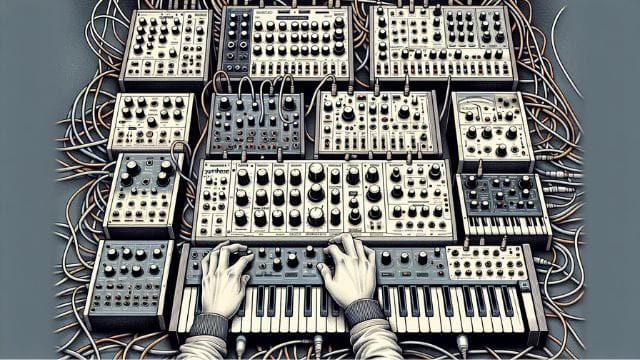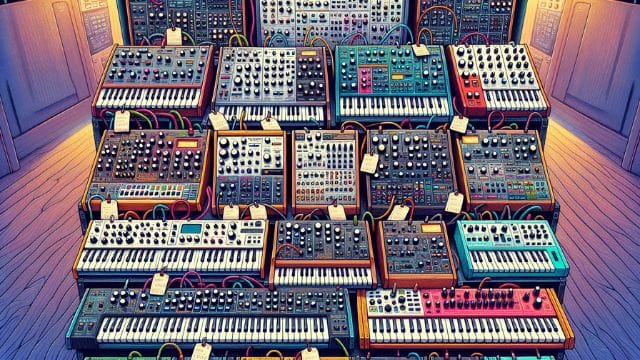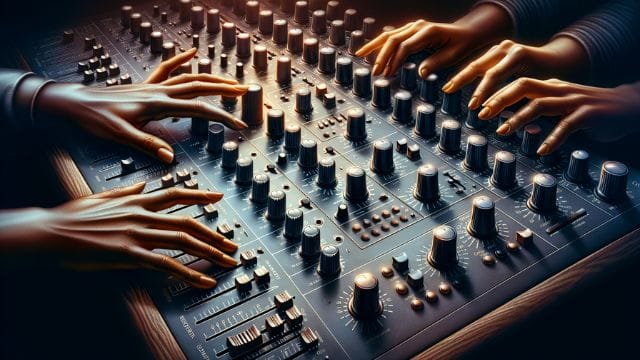Key Takeaways
Table of Contents
Understanding Analog Synthesizers

The history of analog synths
How analog synths work
Analog Synthesizer vs. digital synths
Top Analog Synths for Various Budgets and Skill Levels

Entry-level analog synths
Mid-range analog synths
High-end analog synths
Essential Features to Look for in an Analog Synth


Sound quality
Hands-on control
Modulation capabilities
Analog Synth Accessories and Integration

Essential accessories
Integrating with other gear
Iconic Analog Synth Sounds and Artists

Classic synth sounds
Influential artists
Summary
Frequently Asked Questions
Do analog synths sound different?
What is the best analog synthesizer for beginners?
What makes an analog synthesizer different from a digital one?
Can entry-level analog synthesizers produce professional-quality sound?
About the Author
Max Porcelli
Steinberg Certified Trainer, DJ, and Producer with 29 years of experience. He owns 989 Records, an Electronic Music Label based in Italy. Every Saturday he hosts an exciting Radio Show called 989 Records Radio Show on air on Patchouli Deep Radio, London.
Write your awesome label here.







